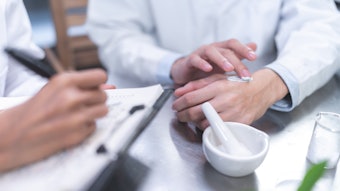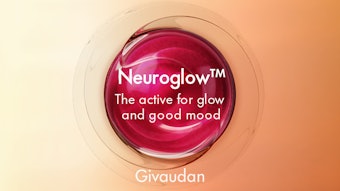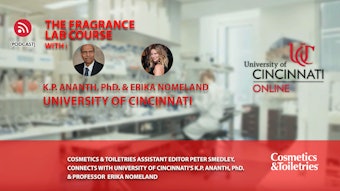Part I of this review on SLNs and NLCs discussed the differences between these two systems, as well as their production methods and selection criteria for constituents.1 In Part II, the characterization of these nano-sized particles is considered. There are, in principle, four different types of chemicals in an SLN or NLC that have different influences: an active ingredient, which can degrade; lipids that influence particle size, crystallization and morphology; surfactants that influence agglomeration; and finally, water. Table 1 provides an overview of these influences, which will be discussed here in arbitrary order. Various characterization methods relate to these influences, including: loading capacity (LC), encapsulating efficacy (EE), crystallinity and crystallinity index (CI), morphology, particle size and polydispersity index (PI). The chemical stability of the active ingredient and lipid components of the nanoparticle, the in vitro release of the active, and the rheology of the nanoparticle-containing formulation are also influences. These will be discussed in greater depth in part III of this series in March 2012.
Characterization methods such as LC, EE, and the chemical stability and in vitro release of the active are all based on active/lipid interactions, whereas characterization methods such as rheology and occlusion are dependent upon the interaction of all components of the formulation. Many of the characterization methods discussed in this article are based on measurements performed by Teeranachaideekul et al.2 These authors incorporated ascorbyl palmitate into NLCs composed of different lipids, i.e., glycerol monostearate (GMS), cetyl alcohol (CA) and beeswax (BW), and used various techniques to characterize the particles.










